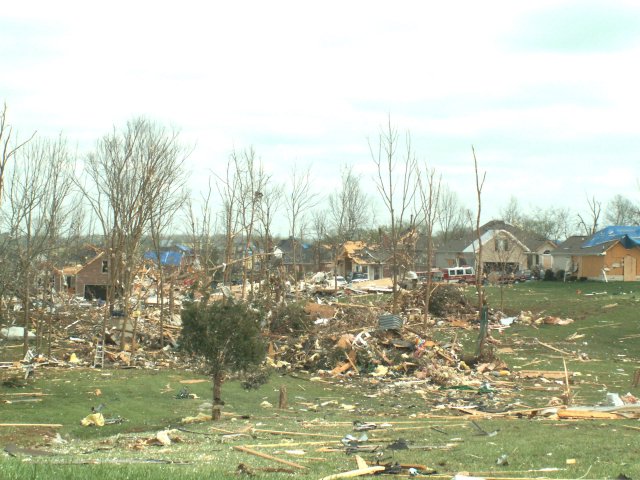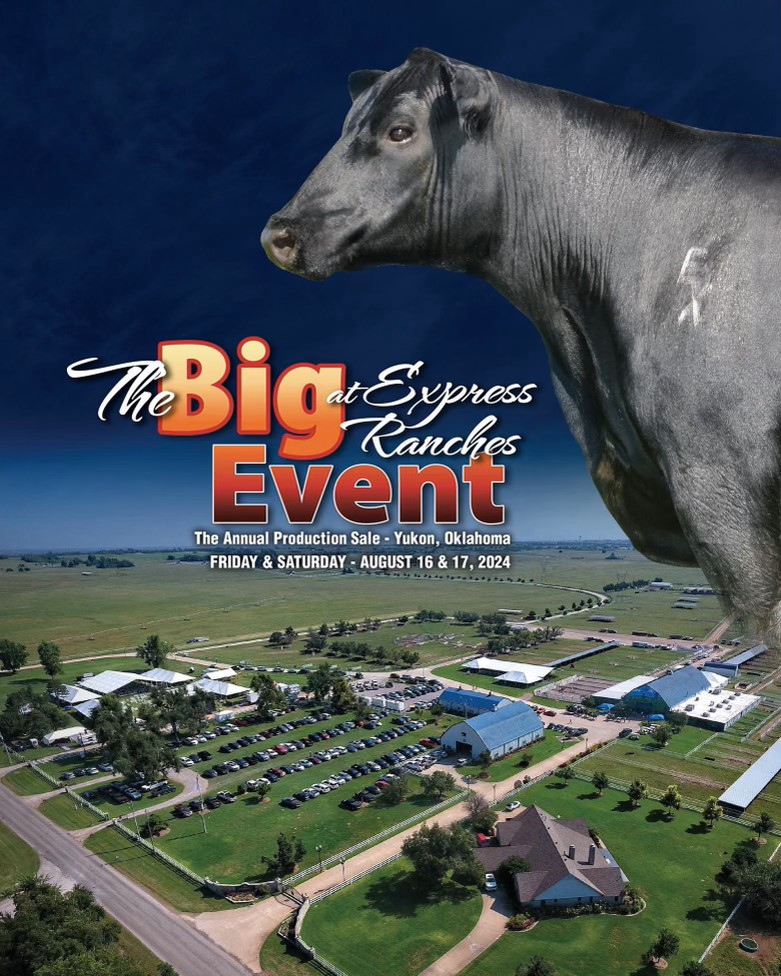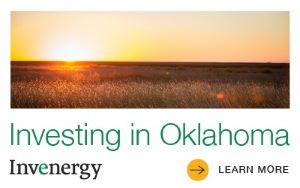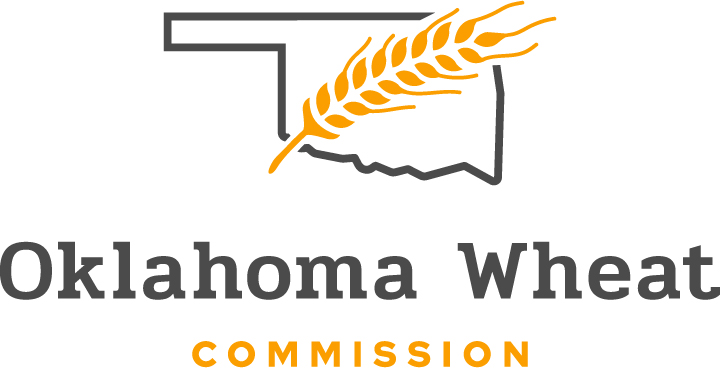
Agricultural News
Debris in pastures potential health risk to cattle
Wed, 12 May 2010 12:24:41 CDT
 The aftermath of Oklahoma's recent tornadoes has many cattle producers walking their pastures looking for insulation, building materials and other debris that may negatively affect animal health and time management costs.
The aftermath of Oklahoma's recent tornadoes has many cattle producers walking their pastures looking for insulation, building materials and other debris that may negatively affect animal health and time management costs.
Cattle will eat just about anything that looks interesting in the pasture, cautions Doug Maxey, Okmulgee County Extension director and agricultural educator.
"Producers are going to have to pick up as much debris from their pastures as possible," Maxey said. "This can be a painstaking, labor-intensive process given the potential amount of small debris."
Insulation can cause bloat, impaction and gastro-intestinal problems when consumed, including possible hemorrhaging of the rumen. Nails and other small pieces of metal can cause "hardware" disease, health problems associated with the consumption of metal.
Dr. Gene Parker, Oklahoma Cooperative Extension Service veterinarian and area food animal quality and health specialist, said a single piece of wire consumed by a bull, cow, heifer or calf can drop down into the reticulum, the first stomach, where it potentially can pierce the heart.
Other problems sometimes associated with "hardware" disease are the shutting down of the rumen, depression, acute pain and decreased milk production.
"Cattle producers may want to use rumen magnets if there appears to be a significant amount of metal debris in pastures," Parker said. "A rumen magnet may be a health-care investment well worth the money."
Local large-animal veterinarians have information on rumen magnets, including associated costs and availability.
"Insulation debris is more problematic, because of the small size," Parker said. "Producers are unlikely to rid their pastures of every bit of insulation. If animals exhibit symptoms of insulation-related problems, producers should contact their local veterinarians immediately."
Treatment of cattle suffering from insulation problems is symptomatic.
"Your local veterinarian will treat on a case-by-case basis," Parker said. "This might mean employing a treatment with laxatives, mineral oil, fluid therapy or, in appropriate cases, surgery."
Nails and other sharp metal objects of various sizes also create a significant hazard to the feet and legs of animals. It is not uncommon for these objects to cause puncture wounds and cuts in the feet and legs of livestock.
"Often these metal objects have been carried by wind or washed into water holes, ponds or other areas accessible to livestock and a potential source of injury," Maxey said. "It's prudent for livestock owners to keep this in mind when they have animals showing lameness."
If an animal is lame for more than one or two days and the lameness continues to worsen, Maxey and Parker recommend the animal be examined by a veterinarian.
WebReadyTM Powered by WireReady® NSI
Top Agricultural News
More Headlines...




















